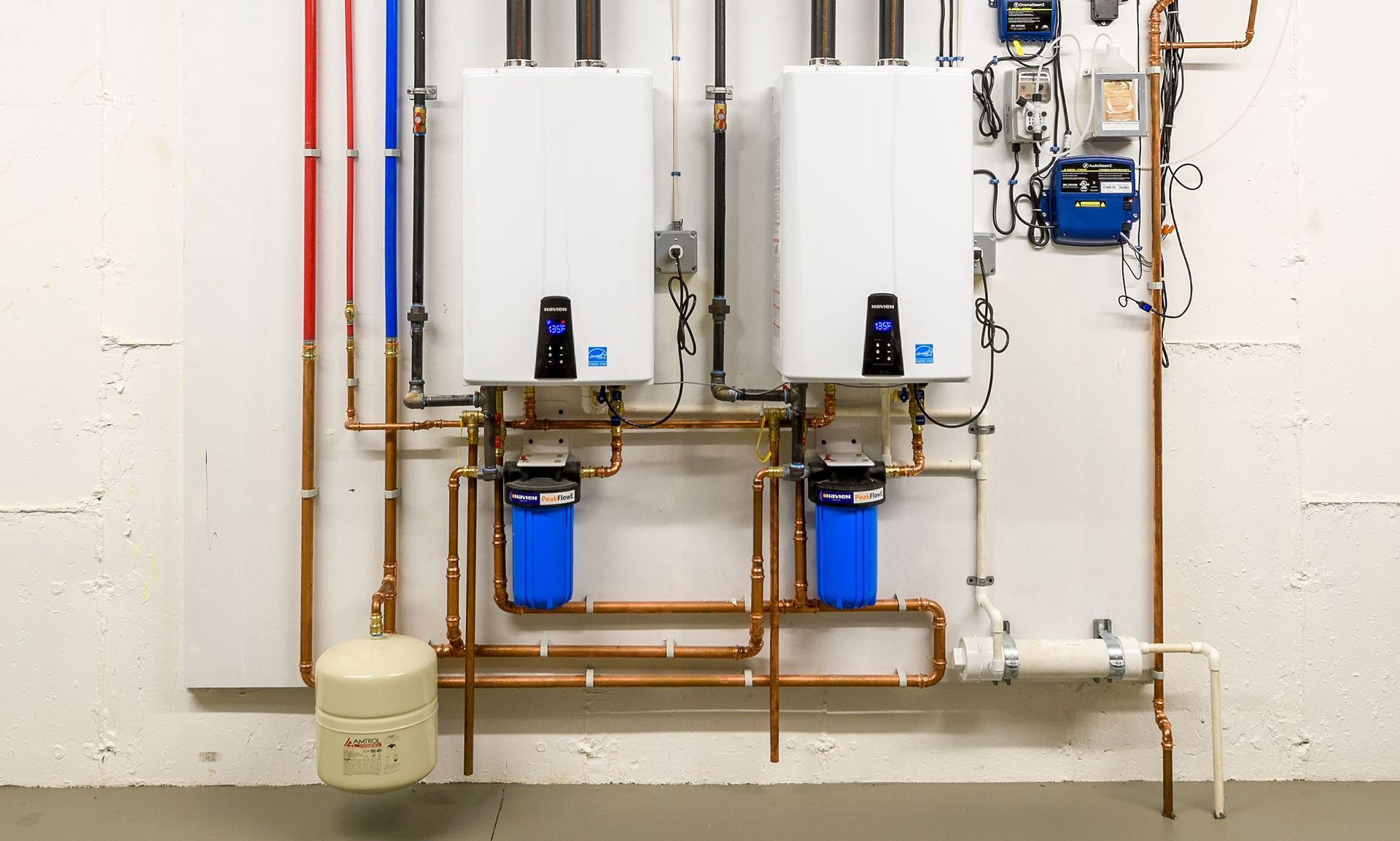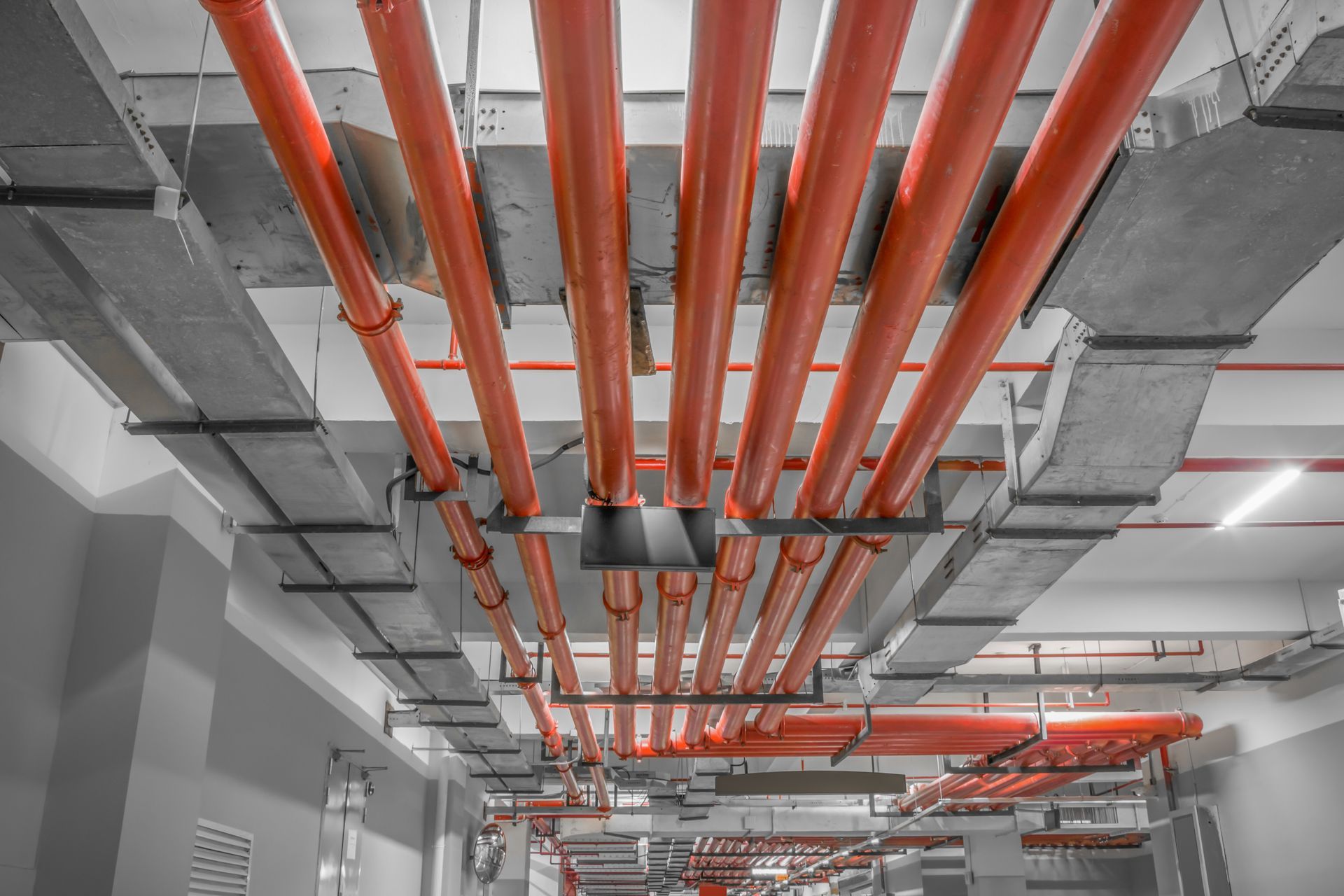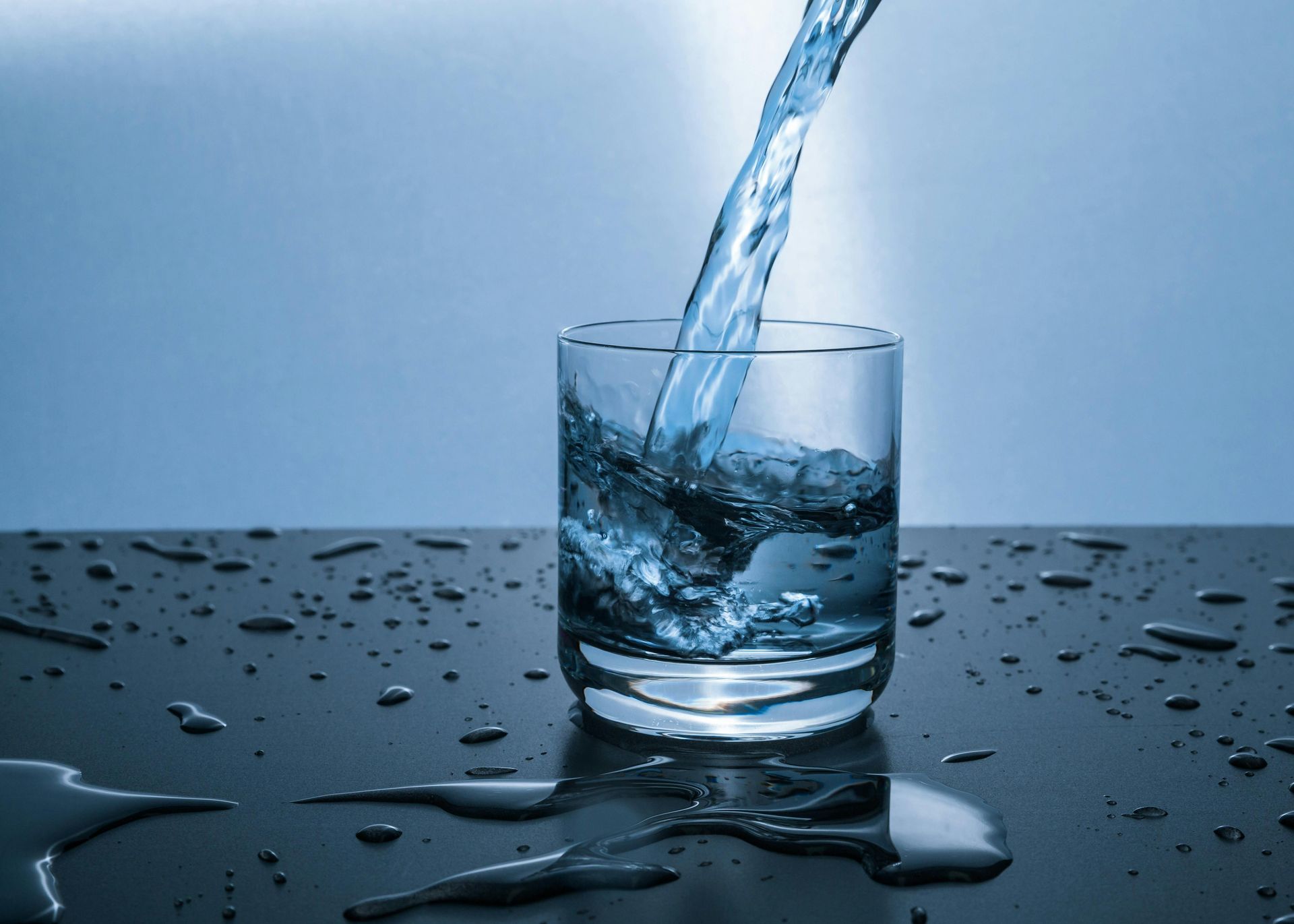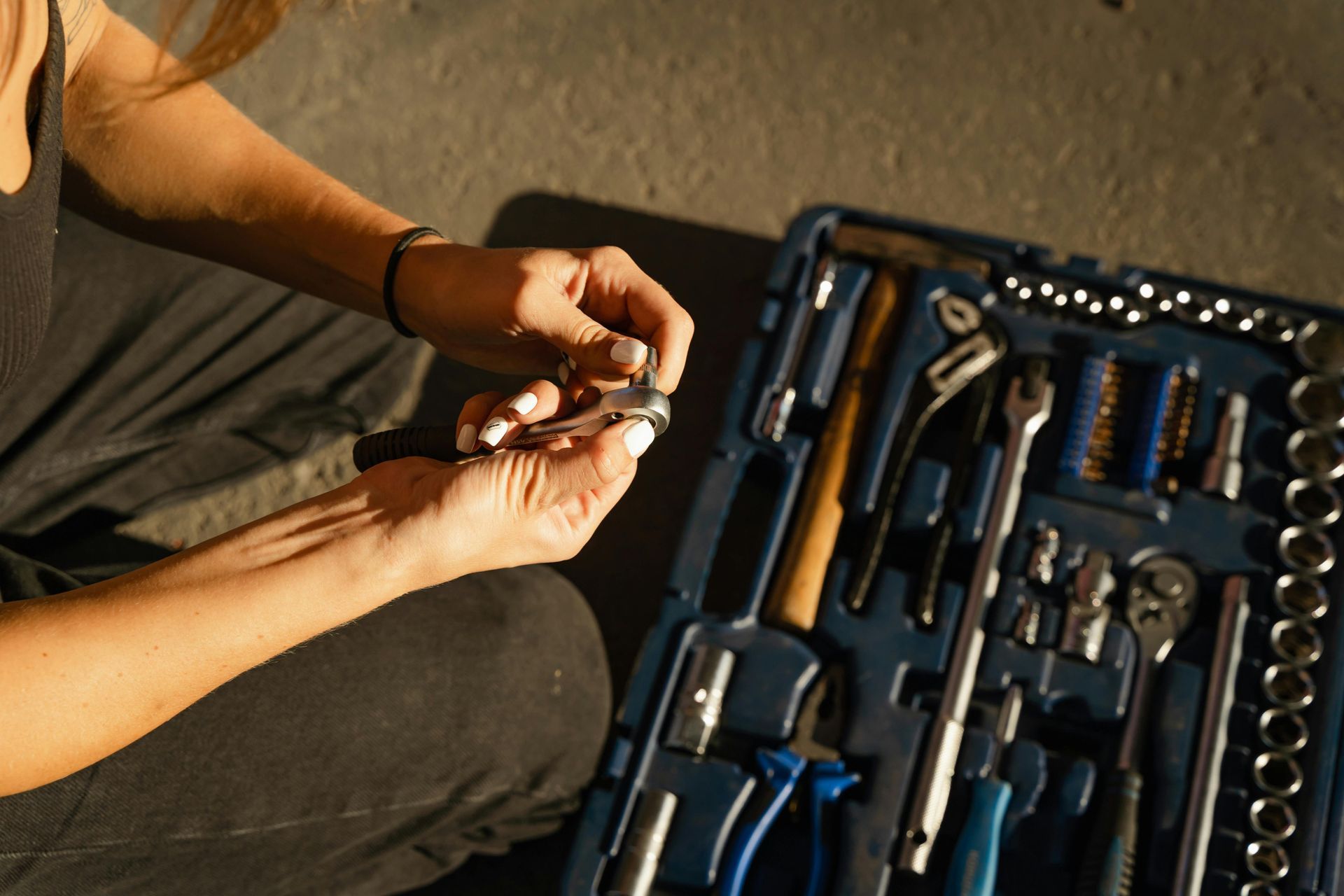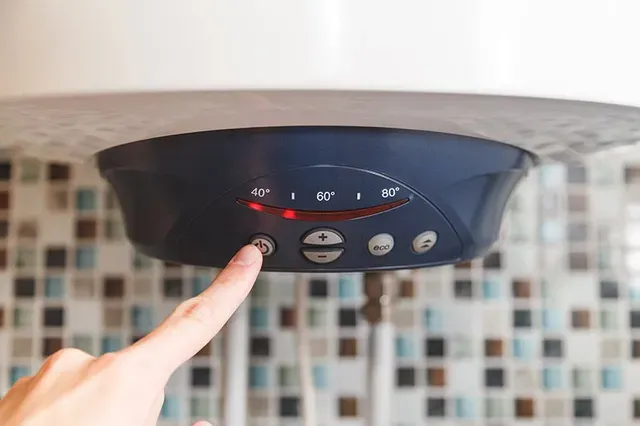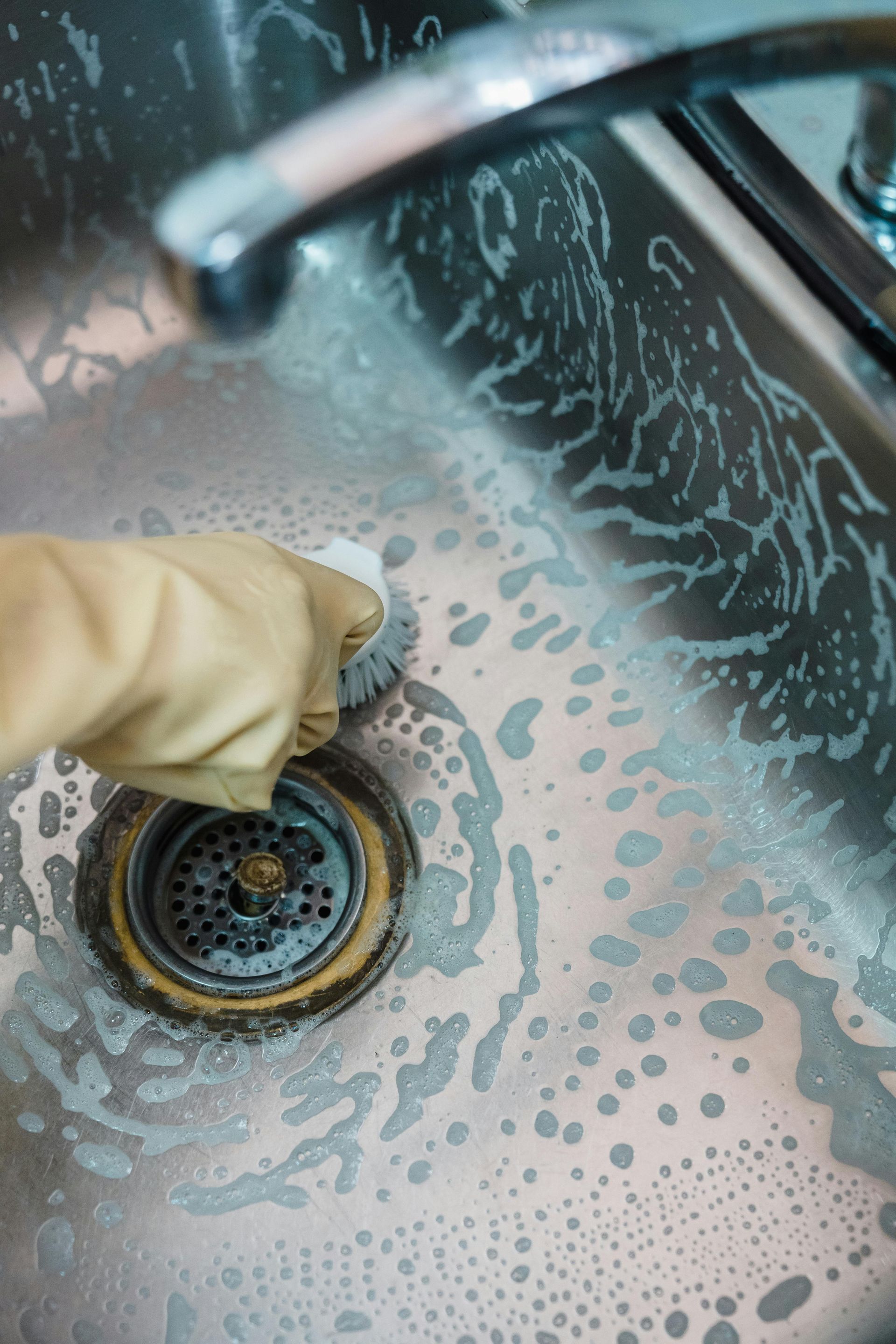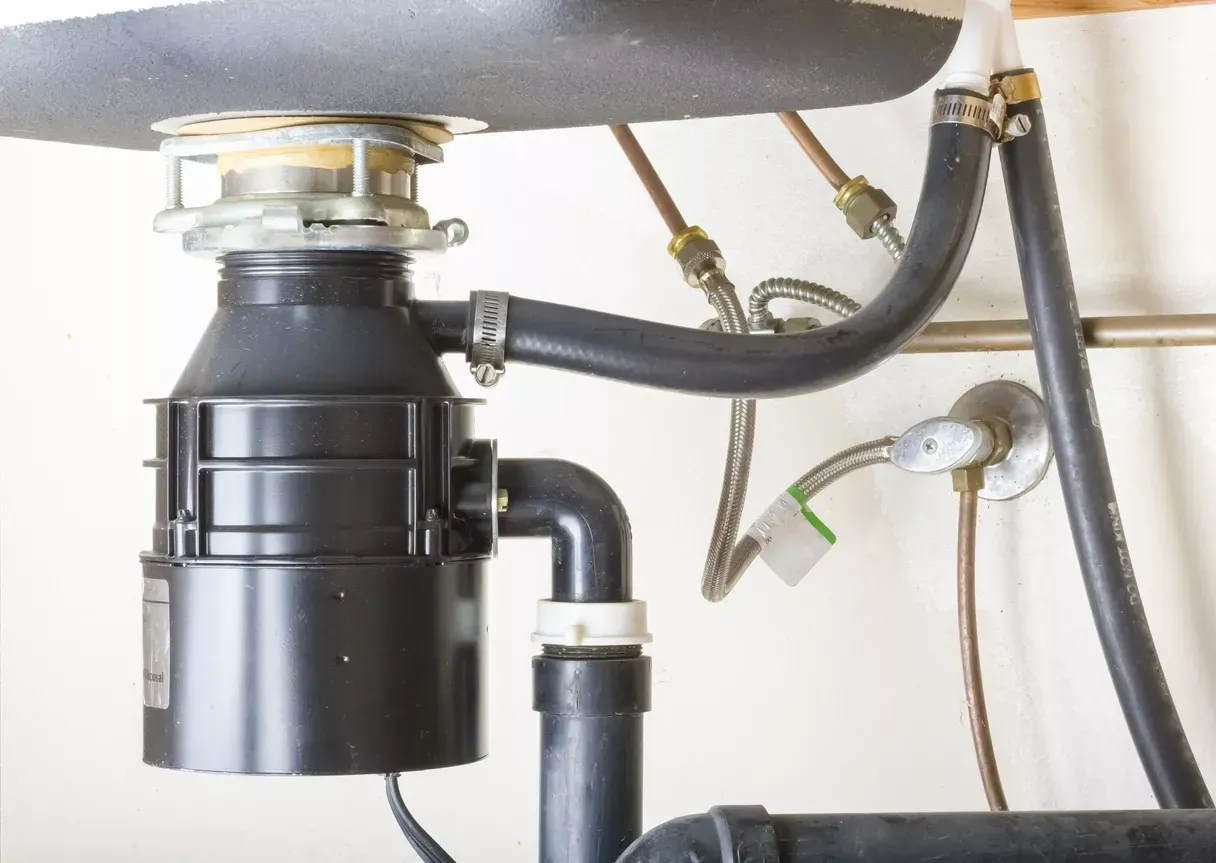The Lifespan of Different Sewer Line Materials
When it comes to sewer systems, understanding the lifespan of different sewer line materials is essential for maintaining a functional and cost-effective plumbing system. Sewer lines are the lifelines of your property’s drainage, carrying waste safely away. However, their durability and longevity vary significantly depending on the material used. Knowing these differences can help you make informed decisions about repairs, replacements, and preventative measures to extend the life of your sewer system.
"What to Do If Your Sewer Line Backs Up"
Why Does the Lifespan of Sewer Line Materials Matter?
The lifespan of sewer line materials directly impacts the efficiency, safety, and cost of maintaining your home or business plumbing. Longer-lasting materials mean fewer repairs and lower long-term costs. On the other hand, materials with shorter lifespans may require frequent maintenance or early replacement, leading to higher expenses over time.
Additionally, the condition of your sewer lines affects the overall health of your plumbing system. Aging or deteriorating materials can lead to cracks, blockages, or even complete system failures, resulting in significant disruptions. Environmental factors such as soil conditions, water quality, and the presence of tree roots also play a critical role in determining how well a sewer line material holds up over the years.
By understanding the longevity of different materials, you can choose the best option for your property and avoid unnecessary complications.
Traditional Clay Pipes
Lifespan: 50–60 years
Clay pipes have been used for centuries, valued for their resistance to chemical corrosion and durability in specific soil conditions. However, their rigid structure makes them prone to cracking under pressure, especially as the ground shifts over time. Tree roots are a common culprit for damage, as they easily infiltrate the joints between clay pipe sections.
While clay pipes may last up to 60 years under ideal conditions, modern homeowners often opt to replace them with more durable and flexible materials. If you have an older home, it’s worth inspecting your sewer system for clay pipes to determine their condition and whether replacement might be necessary.
Cast Iron Pipes
Lifespan: 75–100 years
Cast iron was once the gold standard for sewer lines due to its strength and longevity. These pipes are known to withstand heavy loads, making them ideal for urban areas where ground pressure is high. However, cast iron is not without its flaws. Over time, it is susceptible to rust and corrosion, which can reduce its internal diameter and cause blockages.
Modern technology, such as epoxy lining, can sometimes extend the lifespan of cast iron pipes by addressing internal corrosion. However, if your cast iron sewer lines are nearing the end of their expected lifespan, replacement with newer materials may be the most cost-effective solution.
PVC (Polyvinyl Chloride) Pipes
Lifespan: 100 years or more
PVC pipes are a modern innovation that has quickly become the material of choice for sewer lines. Lightweight, cost-effective, and resistant to both chemical corrosion and root intrusion, PVC offers unparalleled longevity and reliability.
One of the key benefits of PVC is its flexibility, which allows it to withstand ground shifts better than rigid materials like clay or cast iron. Additionally, PVC pipes are easier to install and maintain, making them a popular option for new construction and sewer line replacements.
ABS (Acrylonitrile Butadiene Styrene) Pipes
Lifespan: 50–70 years
ABS pipes are similar to PVC in terms of flexibility and resistance to corrosion. However, they are less durable than PVC and more prone to cracking over time. ABS is often used in residential plumbing, but it may not be the best choice for sewer lines in areas with heavy ground movement or high water pressure.
When choosing between ABS and PVC, many homeowners opt for PVC due to its longer lifespan and broader range of applications.
Orangeburg Pipes
Lifespan: 30–50 years
Orangeburg pipes, made from a composite of wood fibers and tar, were commonly used from the 1940s to the 1970s. While inexpensive at the time, these pipes are now considered outdated and unreliable. They are prone to collapsing under pressure and deteriorating quickly when exposed to water.
If your home still has Orangeburg pipes, replacement is highly recommended. Modern materials like PVC or HDPE (high-density polyethylene) offer far superior durability and longevity.
HDPE (High-Density Polyethylene) Pipes
Lifespan: 50–100 years
HDPE pipes are increasingly popular for sewer systems due to their exceptional strength, flexibility, and resistance to chemical corrosion. They are particularly effective in areas prone to ground movement, as their flexibility allows them to bend without breaking.
In addition to their long lifespan, HDPE pipes are environmentally friendly and can be recycled at the end of their use. This makes them an excellent choice for homeowners looking to balance performance with sustainability.
Choosing the Right Material for Your Sewer Lines
The best sewer line material for your property depends on several factors, including your location, budget, and long-term maintenance goals. For older homes, replacing outdated materials like clay or Orangeburg with modern options like PVC or HDPE can significantly improve your plumbing system’s efficiency and reliability.
Additionally, consulting with a professional plumber is essential for making the right decision. They can assess your current sewer system, recommend the best material for your specific needs, and ensure proper installation to maximize the lifespan of your new sewer lines.
Conclusion
Understanding the lifespan of different sewer line materials is crucial for maintaining a functional and efficient plumbing system. Each material has its strengths and weaknesses, from the durability of cast iron to the modern reliability of PVC and HDPE. By choosing the right material and prioritizing regular maintenance, you can avoid costly repairs, extend the life of your sewer system, and ensure peace of mind for years to come.
